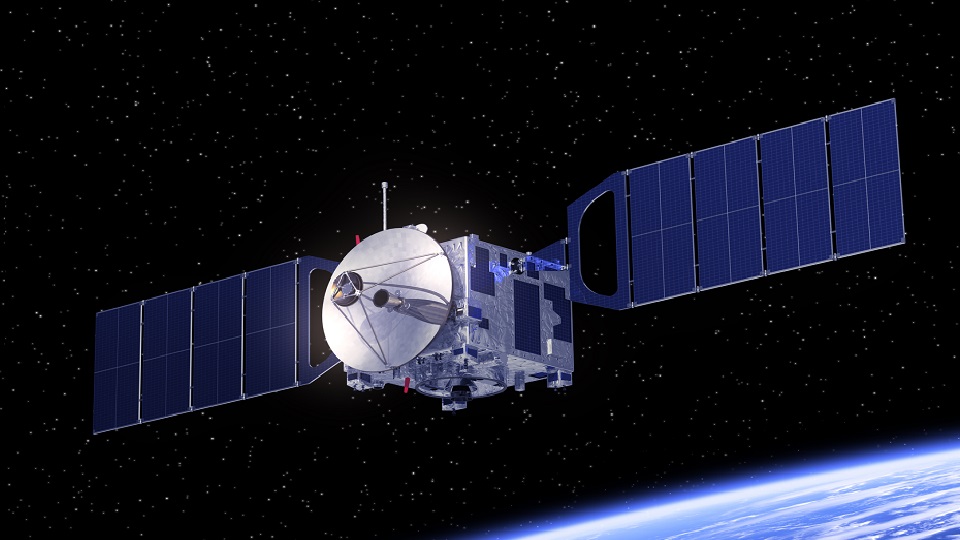The project, which will receive funding of £484,000 from the UK Space Agency, is focused on reducing the weight of the solar cells by producing a new adhesive free method which will seal high efficiency Gallium Arsenide solar cells directly to ultra-thin glass. This will provide the ultimate power to weight ratio, significantly reducing payload costs.
The efficiency of the solar cells will also be increased with a durable anti-reflection coating on the thin glass surface to increase the light transmitted into the solar cell. The coating will also increase power output by reflecting infrared radiation to provide passive cooling in space.
Professor Michael Walls from the University’s Centre for Renewable Energy Systems Technology (CREST) said: “Using ultra-thin glass will lower weight and lead to efficient stowage of large area arrays enabling higher power payloads. Current commercial systems use relatively thick and heavy substrates so this will be a significant approvement and will reduce the costs of getting cells into space massively. We are pleased to receive this support from the UK Space Agency.”
Professor Louise Hirst of Cambridge University said: “The technology we are developing enables mission profiles with higher power payloads. Power is a universal requirement for all existing space applications including satellite communications networks, imaging, sensing, position, and navigation. It may also enable future space based solar power in which on-orbit solar farms beam power to terrestrial locations.”
The project has been supported by grant funding from the UK Space Agency’s National Space Innovation Programme (NSIP) - Kick Starter.



